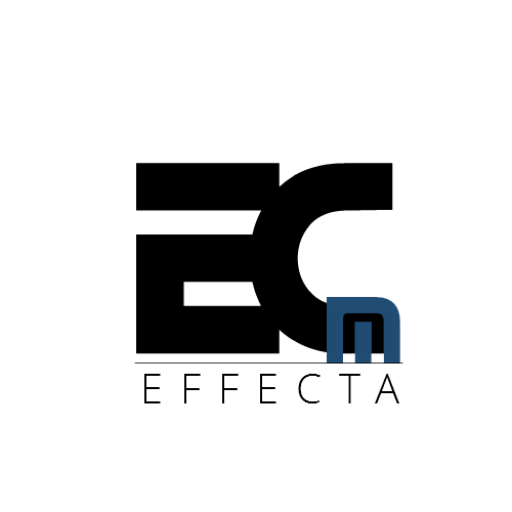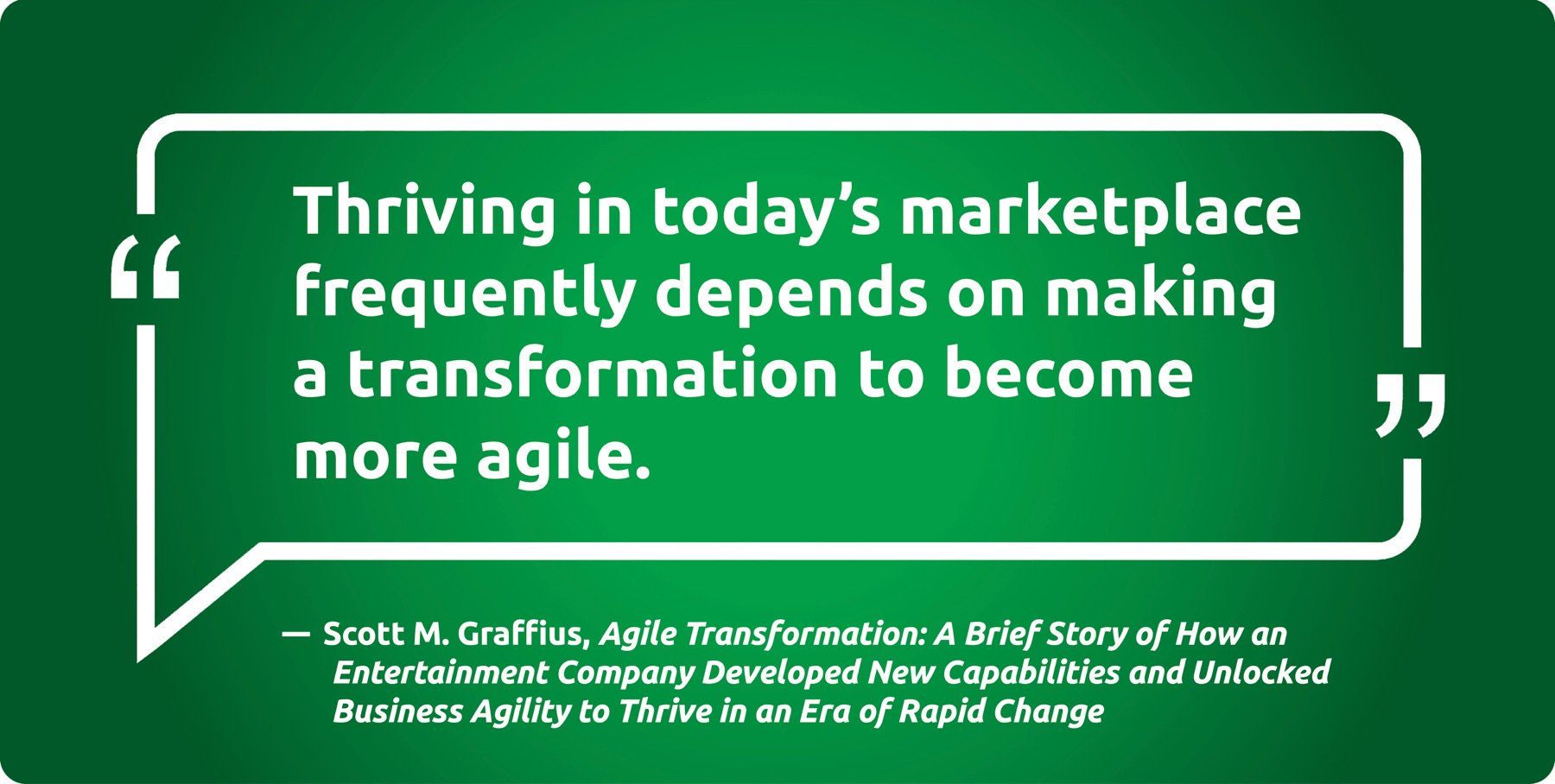From Planning to Action: How Rapid Change is Redefining the Business Landscape
Success in the ever-changing market demands a different approach than what was previously necessary. In today’s world, agility, the capacity for rapid change, and flexibility are key ingredients to staying ahead of the curve. With so many new and innovative technologies emerging every day, it’s imperative for businesses to stay on top of the latest trends in order to remain competitive. Organizations that are not able to adapt quickly to changing market conditions and customer needs risk being left behind in the race for success.
Modern businesses need to be able to adapt quickly and effectively to new situations. This is called agility. Businesses must be able to quickly assess new opportunities, make plans, and rapidly develop strategies to capitalize on them. This requires a willingness to take risks and the ability to quickly pivot when things don’t go according to plan. This is very different from the traditional way of doing things, which is to plan carefully and try to minimize risks, and to see changes as a threat to stability and success.
Fortune favours the bold and decisive!
The agile approach is all about embracing change and using it to your advantage. Don’t try to control every part of a project. Instead, work quickly to find problems and come up with simple solutions and ways to fix them. Focus on making smaller goals that are easier to reach and can be done in less time. This enables the team to quickly adjust to new challenges and opportunities and to take advantage of emerging trends before their competitors make moves. The essential difference is that you do it proactively because this is the way you conduct business, instead of chasing it down because it becomes urgent.
Urgent is rarely proactive, structured and planned are seldom urgent
The key element of success in today’s market is the capacity for rapid change, not only for the sake of changing (as a fashionable thing), but rather changing progressively. I call it “changing with the end in mind,” with the ultimate result in mind, with the satisfied client or a group of clients in mind, and with the possibility of changing someone’s position (business or personal, it really doesn’t matter) for the better.
As technology continues to evolve at a rapid pace, companies must be able to adapt and respond quickly to new innovations. It is not optional anymore. It is not a matter of choice.
Put it this way: it is mandatory. Like it or not, things won’t go back in the past. Don’t try to fix it with old tools and tactics. New times require new measures. We are moving forward, and we are moving fast. The question is, will you be there with us to celebrate?
This means that organizations must be willing to invest in new technologies, even if it means disrupting their existing operations. It also means that companies must be willing to quickly adopt new processes and procedures that can help them take advantage of emerging trends. The recent rise of AI tools and options is, as we speak, a true game changer. Opportunities are endless, and I am really excited about them. If used ethically and for the right reasons, AI is an unparalleled tool that will change the way people work, communicate, and, eventually, live.
A little extra will be required when what you desire is important to you
Rapid change requires a willingness to embrace uncertainty and take calculated risks. Companies that are too risk-averse may miss out on opportunities to innovate and stay current and relevant. Successful companies must be willing to take risks, but they must also have the ability to quickly adapt when things don’t go according to plan.
“Taking the sharp left when everybody is pushing forward is a sign of courage and decisiveness.” Sometimes, since business is not a democracy, somebody needs to make a final call.
Flexibility is also crucial for success in the modern market. Companies that are flexible are able to quickly adjust to changing customer needs and market conditions. This means being open to new ideas and being willing to try new approaches. It also means having a workforce that is adaptable and able to learn new skills and technologies. Experimentation and the freedom to attempt new things when the timing is right are characteristics of a learning organisation, one that fully understands market dynamics and convoluted cause-and-effect relationships. Put it this way: there would be no magic wand to make things perfect and possible within a few hit-and-miss attempts. Somebody must do something for things to get better, and there is no such thing as a magical exchange of “something for nothing” in business or life. An effort will be rewarded or wasted, but as they say, “the show must go on.” Experimentation, testing, and the search for new value creation through people and processes will continue. Change is inevitable and certain. Businesses that understand this will make progress; others will surely not.
One of the most effective ways to build flexibility into an organization is to focus on flexible work and planning practices. This means adopting an iterative approach to project management, where goals are broken down into smaller, more manageable tasks that can be completed quickly. This approach allows teams to quickly adjust their plans as new information becomes available and take advantage of emerging opportunities.
Twenty years ago, information was the main currency. Quality of data was capable to decide or enforce the outcome and superior positioning. The owner of reliable and meaningful information, know-how or a special trade secret, was a frontrunner in the race to profit, excellence, or favourable positioning. Nowadays, that is not the case. Information is readily available in a few clicks; knowledge is available for those that want to grow and apply it; and what we have are an overload and noise. Today, it is not about what you know but rather what you will do with what you know and how fast. To move faster than others, one needs selection and focus, a vital few and not trivial many, and simplicity rather than overload.
Speed became the new currency!

Commitment and dedication are a necessity, only great teams overdeliver
Flexible work practices are also essential for building a culture of adaptability and innovation. Businesses that embrace flexible work arrangements, such as remote work, flexible schedules, and job sharing, are better able to attract and retain top talent. These practices also enable employees to work in a way that suits their individual needs and preferences, which can lead to increased productivity and job satisfaction. To apply this strategy, it goes without saying that commitment and dedication from the team, how complementary their personalities are, how well they gel together, and how active work dynamics are essential.
The stronger the team, the more likely the results will be excellent. Great people build and drive great businesses!
Businesses must also use planning methods and strategies that are flexible enough to help them respond quickly to changes in the business ecosystem, which include the willingness to adjust goals, tactics, and strategies as new information becomes available and being open to new ideas and possibilities. It also means being willing to experiment with new technologies and processes, even if they may not have an immediate return on investment. With Agile and Kaizen, there are no overnight successes. It is both a process and an evolution.
“When you hand good people possibility, they do great things.” – Biz Stone
One of the most effective ways to build flexibility in an organization is to focus on continuous improvement, which involves constantly evaluating and refining processes and procedures to ensure that they are as efficient and effective as possible. It also means being willing to learn from mistakes and using this knowledge to improve future performance.
Continuous improvement is a key part of the agile approach to project management. It involves breaking projects down into smaller, more manageable tasks that can be completed quickly, and then using feedback from each iteration to refine and improve the process. This method lets teams find problems or inefficiencies quickly and fix them, as well as keep improving their performance. In other words, fix them when they occur, because they are in a position to act and make decisions as the action unfolds.
Companies, businesses, and executives must be willing to invest in the infrastructure and resources needed for continuous improvement to work. In addition to these practices, companies must also focus on building a culture of innovation and creativity. This involves fostering an environment where new ideas are encouraged and embraced and where employees are empowered to take risks and experiment with new approaches. It also means providing employees with the necessary resources and support to turn their ideas into reality.
Putting people from different parts of the organization on cross-functional teams is a good way to encourage innovation. This lets teams share ideas and information and come up with solutions that are better and more synergistic. It also helps to break down silos and promote collaboration across the organization. It becomes more about collaboration than competition or cooperation.
People win together. Success belongs to everyone.
In the end, success in today’s market, which is always changing, requires agility, the ability to adapt quickly, and flexibility. Companies that wish to stay ahead of the competition must be willing to quickly adapt to new opportunities and emerging trends. I don’t mean blindly jumping on every opportunity that seems promising; far from it. An agile approach to growth and expansion requires a willingness to take risks, and the ability to quickly pivot when things don’t go according to plan.
The less dramatic and more organized the change will be, the sooner the corrective alignment is put into place. Therefore, it’s vital to focus on flexible work and planning methods that are geared toward taking small steps forward.
Agile is all about fast, tactical, and strategic moves in the right direction. The Agile is about RESPONSIVENESS. By doing what matters strategically and fast, businesses create a culture of innovation and flexibility, ensure quick best practice adoption, and encourage on-the-job learning, which in turn helps them navigate today’s fast-paced business world



